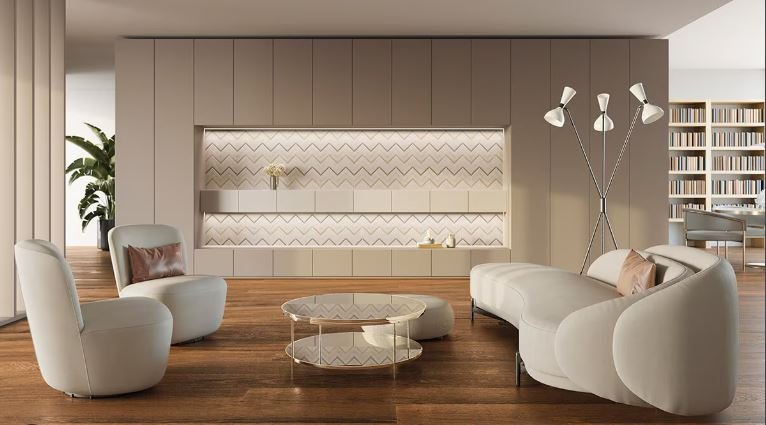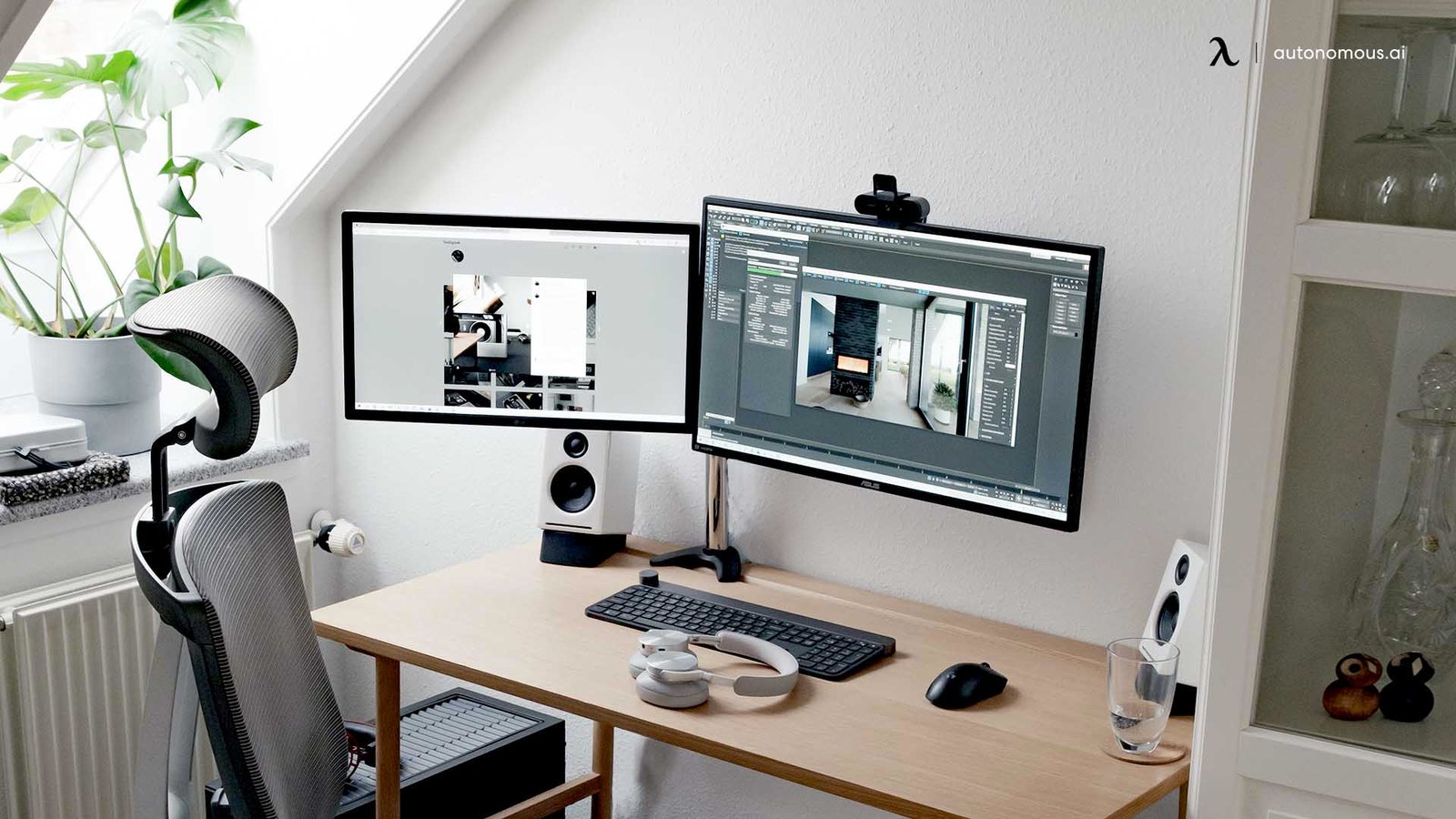Minimalist living is a lifestyle choice that focuses on reducing excess in order to live a more intentional and meaningful life. By decluttering both physical possessions and mental distractions, minimalism encourages simplicity and purpose, helping individuals find clarity and joy in the things that truly matter. Whether you’re just beginning your minimalist journey or seeking to refine your approach, this guide will walk you through the key principles of minimalism and how to embrace them in everyday life.

1. Decluttering Your Space
Minimalist living begins with decluttering your physical environment. Start by assessing the items you own and determining which ones add real value to your life. One effective method is the “one-in, one-out” rule, which encourages you to discard an item each time you bring something new into your home.
Another approach is to categorize your belongings into “keep,” “donate,” and “discard” piles. Be mindful about keeping only the essentials that serve a clear purpose or bring you joy. Decluttering not only creates more space but also reduces the mental clutter associated with maintaining and organizing unnecessary items.
2. Prioritizing Quality Over Quantity
In the world of minimalist living, the focus shifts from having more to having better. Instead of accumulating cheap, disposable items, invest in high-quality possessions that are durable and serve a clear function in your life. This concept applies to everything from clothing and kitchenware to furniture and technology.
For example, a minimalist wardrobe consists of versatile, well-made clothing pieces that can be mixed and matched, rather than an overstuffed closet of trendy, fast-fashion items. By choosing quality over quantity, you not only save money in the long run but also cultivate a more mindful approach to consumption.
3. Simplifying Your Digital Life
Minimalist living extends beyond physical possessions into the digital realm. With our lives increasingly connected to technology, digital clutter can be just as overwhelming as physical clutter. Start by organizing your digital files, deleting unused apps, and unsubscribing from unnecessary email lists.
Additionally, simplify your social media usage by curating your feeds and reducing time spent mindlessly scrolling. By being intentional about your digital habits, you can regain focus and create more time for meaningful activities like reading, spending time with loved ones, or pursuing hobbies.
4. Mindful Consumption
One of the core tenets of minimalist living is adopting a more conscious approach to consumption. This means considering whether each purchase aligns with your values and long-term goals. Before buying something, ask yourself if it will truly enhance your life or if it’s simply a reaction to external pressures like trends or advertising.
Mindful consumption also applies to how we consume information and experiences. In a world filled with constant distractions and options, minimalism encourages us to focus on the things that bring the most value and joy to our lives. This approach promotes sustainability, personal fulfillment, and financial freedom.
Conclusion
Minimalist living offers a path to greater clarity, fulfillment, and freedom by focusing on what truly matters. Through decluttering your space, prioritizing quality, simplifying your digital life, and practicing mindful consumption, you can create a more intentional and meaningful existence. By embracing minimalism, you not only reduce excess but also gain more time, energy, and resources for the people and activities that bring joy and purpose to your life.











